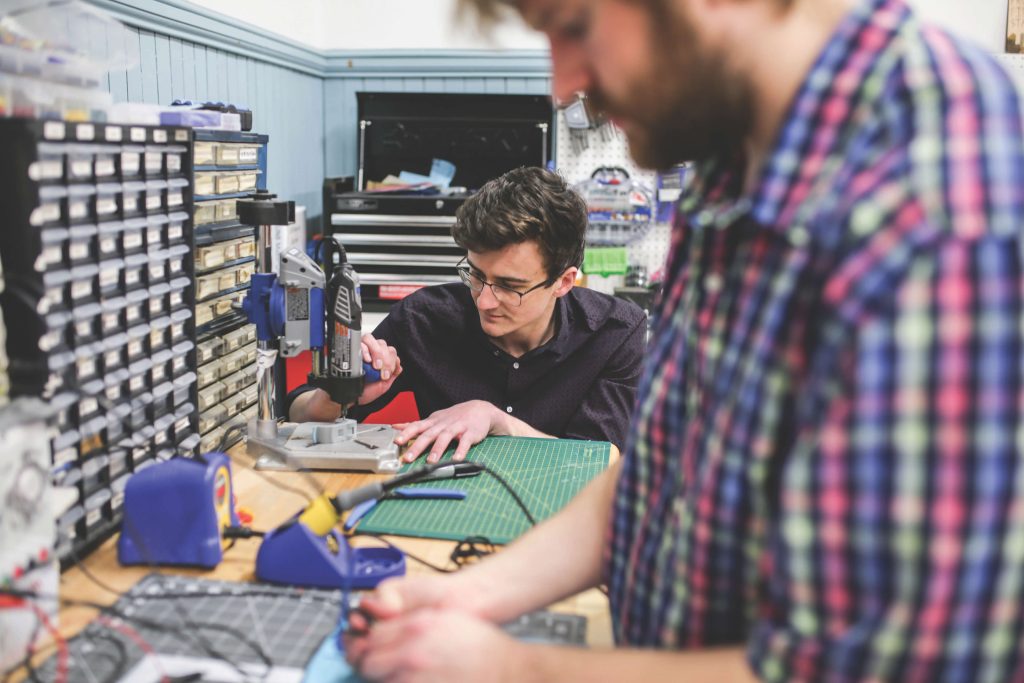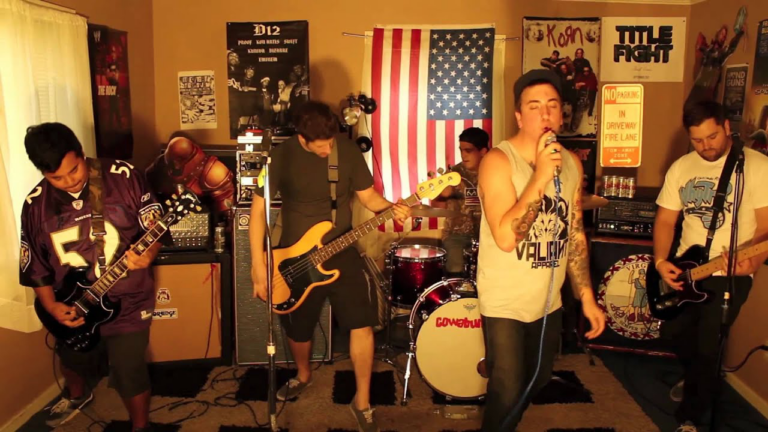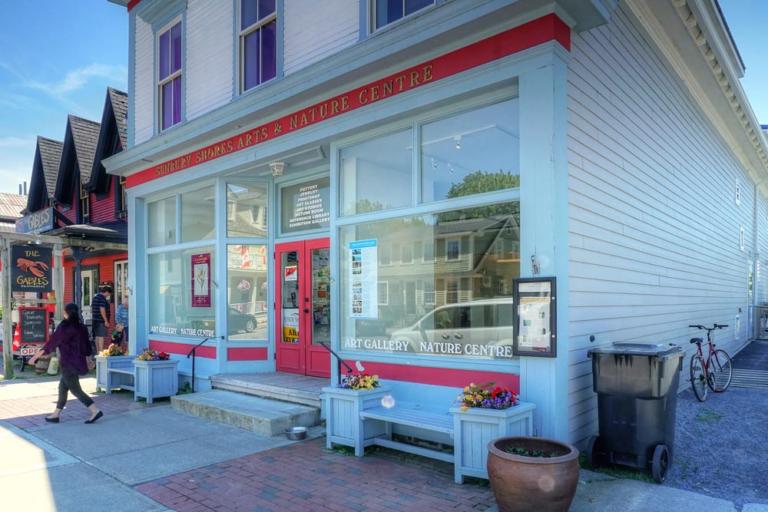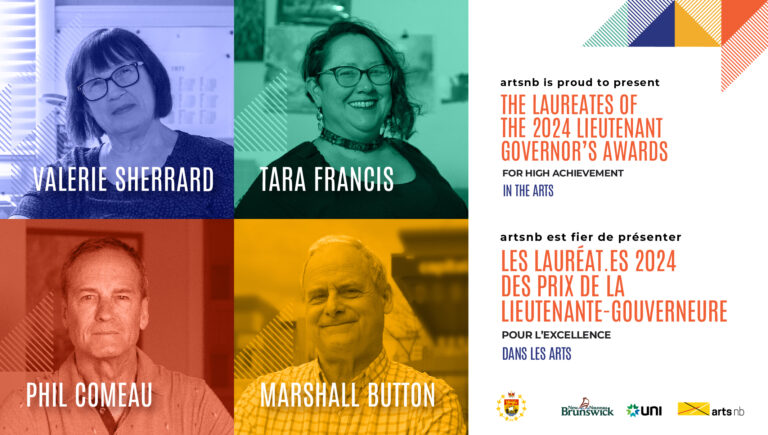Inside old Head Hall—now also Technology, Management and Entrepreneurship—a room contrasts with the building’s old façade and wooden interior.
Room H128 hosts UNB’s Makerspace, a graffiti-decorated location with all the tools one might need to create: 3D printers, a laser cutter, computers and an electronic workbench.
A workshop and design studio, the Makerspace provides an environment to create prototypes and projects, and share ideas and techniques.
“It is a space for students to get back into the ability to build with their hands and see the physical models and their designs being made,” said Rob Moss, Faculty of Engineering operations engineer and Makerspace organizer. “Through the Makerspace, we’re trying to get that expressive ability back to the students, and a broader skillset.”

Photo by: Book Sadprasid
Moss is a UNB civil engineering and MBA graduate who became involved with the Makerspace in September 2017—first as a volunteer and now as organizer. For him, the roots of engineering are a mix of art and knowledge. However, he feels that the creative foundation of engineering was lost somewhere in the past 50 years, as schools have shifted their focus to more theoretical learning approaches. “The Makerspace is an initiative to revitalize that creative aspect within engineering and science studies,” Moss said.
When the space was created in the summer of 2016, it was initially conceived for engineer students only. However, the Makerspace is now open to all students, faculty and staff. “In these initial phases, we are hoping for students to see the Makerspace as a way to solve some of the challenges on their projects and integrate these solutions into larger challenges,” said Moss.
The student-led space strives to be as open and stress-free as possible, to allow students to be as innovative and creative as they can be. “A laser cutter sounds kind of dangerous—but really isn’t. You can go in as a beginner. It’s a place where we encourage people to go work on their projects, and if they need help, there’s facilitators and documentation in place to help you in whatever you’re doing,” Moss said.

Moss believes that when students challenge themselves to not only build something using a 3D printer—but move beyond to incorporate pieces together using different tools—they grow as creators.
“You’re using screws, putting pieces together, watching them fit and looking at the challenges that the machines provide. You’re not only designing anymore; you’re creating.”
And that, for him, is the intersectionality between art and science.
For Curtis Kennedy, a fourth-year mechanical engineering student, the Makerspace provided the right tools to launch his own company.
Throughout his life, Kennedy suffered from muscle pain, especially after long days at school. For as long as he can remember, his physiotherapist and chiropractor would suggest pressure as the best solution for at-home care—but as the pain was in his back, he would have to roll on lacrosse balls to sooth the stiffness of his muscles or rely on others to apply pressure for him.
One day over the summer, while working a landscaping job, he had an unusual idea. After using the industrial suction cups to pick up windows and put them in place, he stuck the suction cup to a wall. And then, he began to run his back against the contoured handle to soothe his soreness.
“I thought, ‘Wouldn’t it just be great if there was a ball attached to the suction cup’s handle?’” Kennedy asked himself.
That’s how “Vertiball” came to be. Vertiball is a line of muscle relief products that use the patent-pending technology/design to attach onto walls and other flat surfaces, allowing the user to put it at specific heights according to where the pain is while giving them freedom in applying as much pressure as they need.
“Essentially, it’s balls that stick to the wall—but what it does is it makes your back accessible,” Kennedy said.

For one of the world’s most common problems, Kennedy was a firm believer there needed to be a better solution. That’s when he started his journey at the Makerspace: “Just designing the model, printing it out, testing it, using it, seeing how it feels, going back to the drawing board, applying a new design and going from there,” he said.
“What’s so great about the Makerspace is it gives you, as a student on a tight budget, the access to really expensive equipment, that—in my mind—is state of the art. This 3D printing thing is [something that], for the longest time, seemed like fantasy—but it’s actually hard to believe how simple it is,” Kennedy said.
With a consolidated idea and a first model, he applied to the UNB Summer Institute, a three-month intensive accelerator program for entrepreneurs with an innovative idea and the drive to turn it into a sustainable business.
“It’s funny looking back at it now and seeing all the versions that have happened,” he said. When he applied to the program, Vertiball was in its first iteration; now, it is in version 182.
On the first day of the Summer Institute, Kennedy met artist and industrial designer Philip LeBlanc, who specializes in using art and creativity to solve technical problems.
“After going through this process, I try and imagine what [it] would be if it were just me going at it without Philip, and I just don’t think Vertiball would’ve ever made it this far,” Kennedy said.
According to Kennedy, artists have the ability, once they understand the restrictions and limitations imposed on the design, to reflect and come up with new, sleek, beautiful and creative solutions—ones that accomodate any necessary changes.
He doesn’t think art and science can exist without the other, as they complement each other equally. This philosophy was fundamental for Vertiball to be successful in its earliest stages of product and business development.
“Vertiball is an enabler. It allows you to take control of your pain and find relief for whenever you need. In the next few years, I want to start a family of products that use our patent-pending design to make all sorts of [pain-relief enablers],” Kennedy said.
“I want muscle-care to become part of everyone’s daily lives. As we make this big push to become better people all-around in every aspect, I don’t think back pain should be left behind.”




